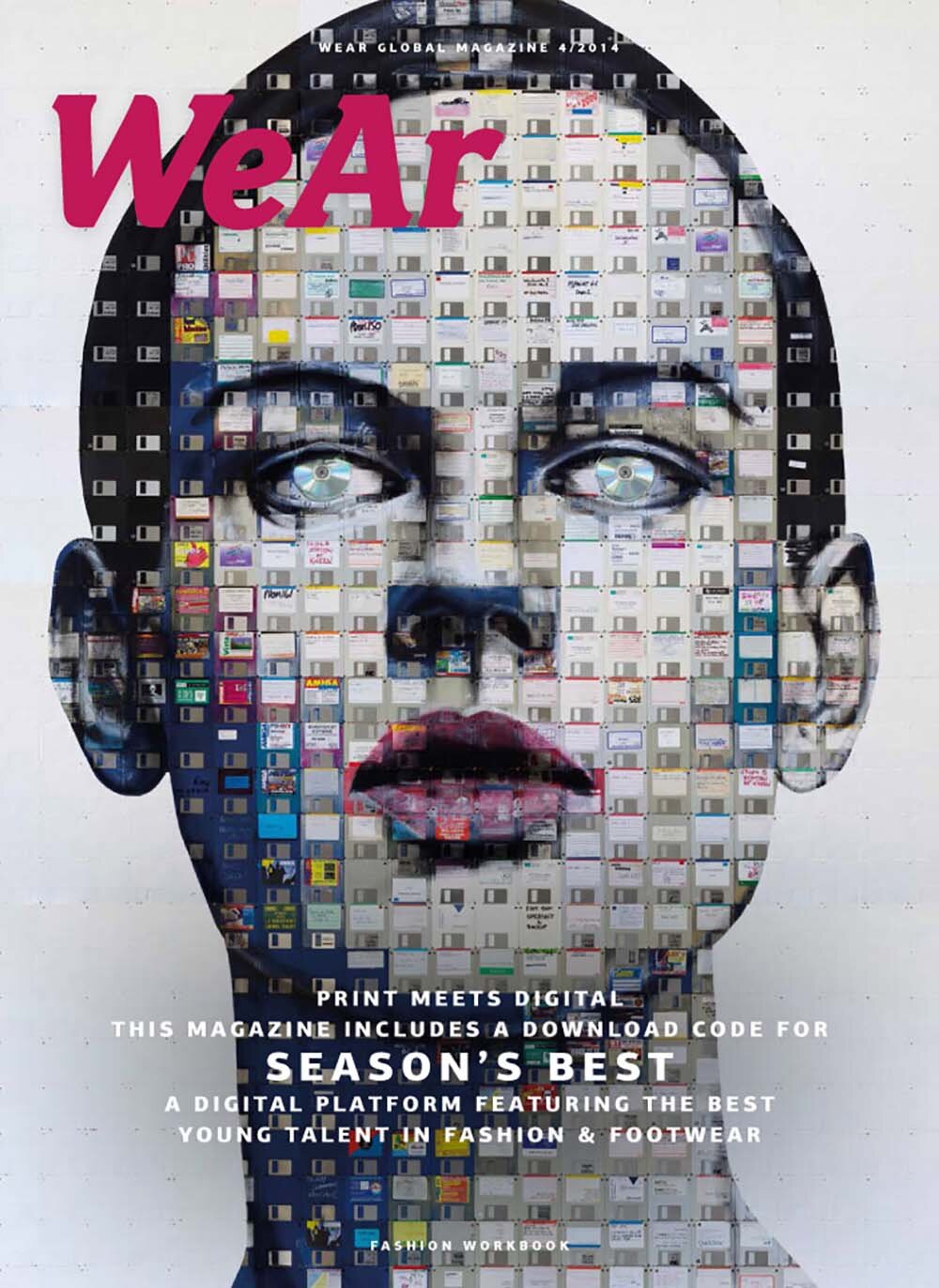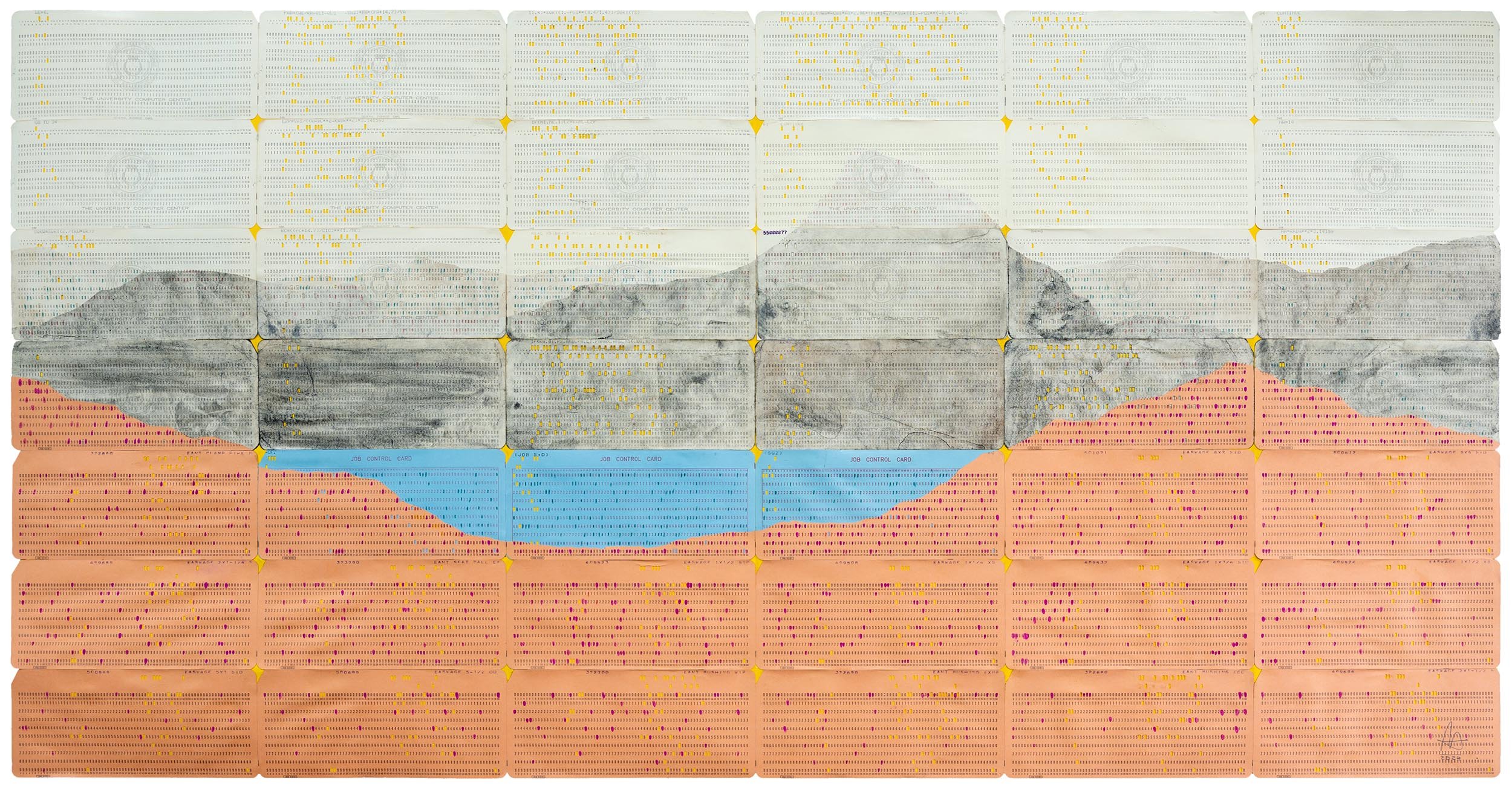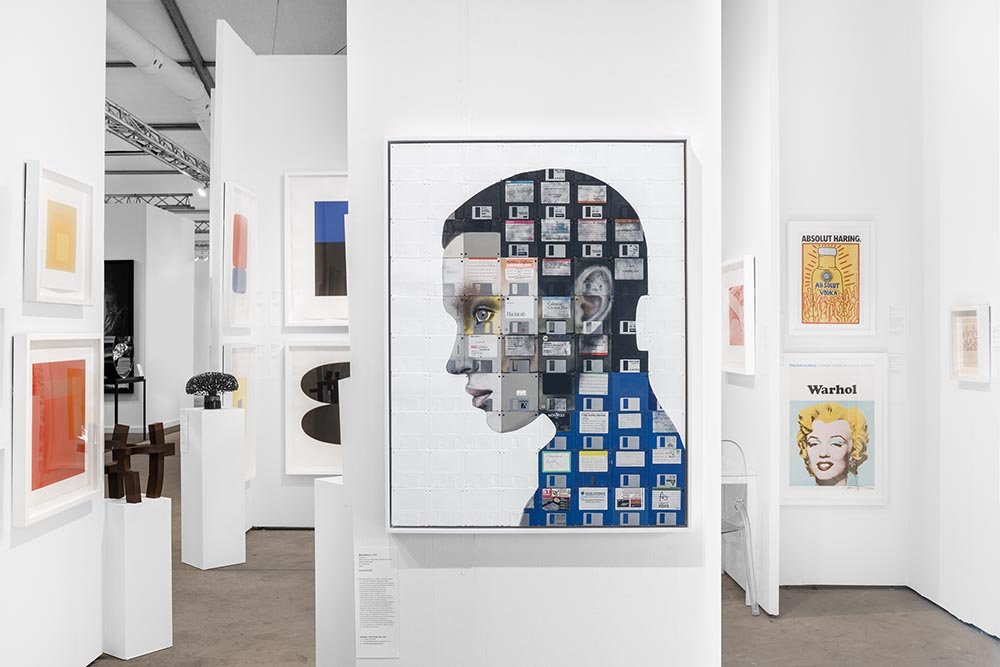Britartnia
Group show
Opera Gallery, London
2016
Opera Gallery reaffirms its Great British love story with a London exhibition celebrating the talent and creativity of British contemporary artists.
Opening with a selection of rare works by YBAs Marc Quinn, Damien Hirst, and Tracey Emin, BritARTnia will also present the work of internationally established artists such as Julian Opie of the New British Sculpture movement; celebrity photographer and recipient of the Royal Photographic Society's Centenary medal Terry O’Neill and Royal Academician and Turner Prize nominee sculptor David Mach.
Young emerging artists
Widely known as an incubator for young creators, Opera Gallery shortlisted three of the most gifted British artists from its pool of talents to feature in this exhibition.
Joe Black had his debut solo exhibition in London in 2013 and has been growing his reputation as a multi-talented artist ever since, he is notably known for his large-scale works based on popular imagery and made from thousands of miniature objects.
Digital and Analogue
Nick Gentry draws on recycled and obsolete technological materials as the grounds for his paintings, thus creating a conversation between digital and analogue processes.
Last but not least is self-taught artist David Whittaker, whose paintings are based around an interpretation of the human head and its metaphysical core: ambiguous and non-specific, they represent the universal alongside the personal and act as mirrors of our inner conflicts.
British Sensation and its continuation
By Jean-David Malat Florie-Anne Mondoloni
Opera Gallery is delighted to present BritARTnia this Autumn in London. With a selection of works spanning from the early 1990s up until nowadays, BritARTnia looks back at over 20 years of British art BritishSensation and its continuation and surveys the evolution of one of the most innovative art scenes of the contemporary Western world.
In the late 1980s, British art entered a new exciting era with a group of Goldsmiths College of Art graduates and friends who would become known as the Young British Artists - YBAs.
This era was marked by a complete openness towards materials and processes used to make art, as well as towards the form that art could take: dead animals, found objects, personal belongings, food… presented in the form of video, drawing, photography, sculpture, prints and more.
Opening BritARTnia with a selection of works by three of the most celebrated YBAs is our way to pay homage to this pivotal moment of British art history.
Damien Hirst
A leading figure of the YBAs and curator of the 1988 Freeze exhibition that is commonly accepted as the launching point of the movement, Damien Hirst is one of the most notorious British artists of all times. In 2012, the Tate Modern held a comprehensive retrospective of his work of 20 years.
Damien Hirst’s art focuses on “fundamental dilemmas of human existence” and notably the fragility of life. Shortly after graduating, Hirst noticed flies get stuck on prepared canvases in his studio. Drawing from this idea, he started fixing the bodies of dead butterflies to monochrome gloss-painted canvases; a subject that would become one of his most famous ones. According to him, the appeal of butterflies is largely created by the appearance of life they retain in death.
Marc Quinn
Marc Quinn has often been regarded as one of the founding figures of the 1990s British contemporary art movement alongside Damien Hirst. He received international acclaim for Self (1991) – a self-portrait head made from his own frozen blood – and for the sculpture Alison Lapper Pregnant (2005) – a 3.5 metre marble sculpture of a pregnant disabled woman that was exhibited at the Fourth Plinth at London’s Trafalgar Square.
Alongside extensive work on the subject of the human body, Marc Quinn focused on flower paintings between 2005 and 2012. Most of the flora found in his hyperrealistic compositions would never appear together in the natural world; and Quinn’s arrangements illustrate how human desire has created new realities, bringing together things that would not assemble naturally.
Tracey Emin
The third and final representative of the YBAs in this exhibition, Tracey Emin’s whole body of work is autobiographical and intimate, using personal life events as artistic inspiration. Her sexually provocative attitude earned her the nickname of “Britain’s art enfant terrible” and her “personal-as-political” approach anchored her in a feminist line.
Emin first gained notoriety with her readymade works, such as Everyone I Have Ever Slept With 1963-1995 (1995), in which she embroidered the names of 32 sexual partners on the inside of a tent, thereby forcing viewers to literally crawl into an intimate space to experience the work. In the late 1990s, she started working with neon signs used to convey heartfelt messages in her own handwriting. These works may appear less confrontational but according to the artist they are just as personal and autobiographical.
Young British Artists
In 2012, Jeremy Cooper published Growing Up: The Young British Artists at 50 in which, through interviews and observations, he traced the YBAs’ legacy as a group and future as individual artists. More modestly in BritARTnia, Opera Gallery reviews the British art scenes that evolved alongside the YBAs and the ones that followed them; and questions the group’s imprint on the British creative scene at large.
Julian Opie
Also a graduate of Goldsmiths College of Art, only a few years before the YBAs, Julian Opie emerged on the British art scene in the 1980s with his inventive sculptural work and he became a figure of the New British Sculpture movement.
In the 1990s, he developed a style of computer-assisted printmaking made from hand-cut stencils based on photographs that he alters digitally, applying codes of standardisation to his work and aiming to please the viewer and cater for all possible tastes. "I think my work is about trying to be happy ... I want the world to seem like the kind of place you’d want to escape into", he said of his newly developed pop vinyl works in 2001.
David Mach
Scottish artist David Mach has been a Royal Academician since 1998 and was a Turner Prize nominee in 1988. Also inspired by found objects, but as tools to be transformed and transcended rather than exhibited as such, David Mach is known for his large scale collages, sculptures and installations using diverse media including coat hangers, matches, postcards, magazines and other materials.
One of his postcard collages, Postcard Piece (1985), was acquired by the Tate Collection in 2001: depicting a turbulent sea scene, the image is built up from multiple layers of stacked tourist postcards and photographs in colour arranged in a way to evoke the undulating surface of water.
Emerging artists
Moving on to the 2010s, we can now look at the younger generation of British artists and evaluate the legacy left by the predecessors. We have shortlisted three of the most gifted British artists from Opera Gallery’s pool of talents to feature alongside their “parents”.
Joe Black
Joe Black had his debut solo exhibition here in 2013 and he has been growing his reputation as a multi-talented artist ever since. He has notably gained recognition for his large-scale works based on popular imagery made from thousands of miniature found objects (toys, badges, bolts, pens…).
Nick Gentry
On his side, Nick Gentry draws on recycled and obsolete technological materials such as floppy discs or photo negatives as the grounds for his paintings, thus creating a conversation between digital and analogue processes.
David Kim Whittaker
And last but not least is self-taught artist David Kim Whittaker, whose paintings are based around an interpretation of the human head and its metaphysical core: ambiguous and non-specific, they represent the universal alongside the personal, the body alongside the mind.
Miss Bugs and Dean Fox
Finally, in the occasion of this exhibition and true to our tradition of consistently promoting young talent, we are proud to hereby introduce two British artists to our collectors: Miss Bugs, who works with accumulation using toys, razor blades and pharmaceutical capsules; and Dean Fox who combines neons with traditional oil painting to challenge the complementarity of the old and the new within his work.
Through BritARTnia, we are pleased to reaffirm our Great British love story and to celebrate once again the talent and creativity of British contemporary artists.









